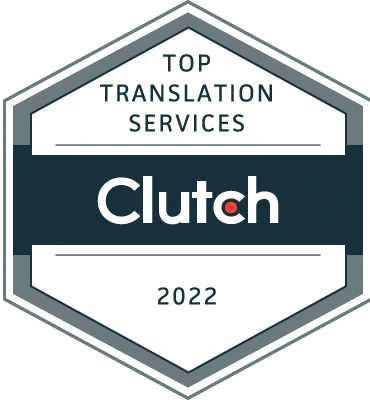Website translation gives you the opportunity to get closer to your audience and customers. It might help also improve your website SEO!
The terminology “WORLDWIDE” is nowadays part and parcel of the Web. No international business structure can expect to develop their activity beyond their national borders without facing language barriers. This article looks at two main questions business leaders who go international often ask themselves: should they think about website translation and, if so, how shall they do it?
5 reasons for having your website translated
- Be competitive in a globalized world. Website translation opens the doors to new markets, and therefore new potential customers.
- Save money. Translating your website is far cheaper than leading international advertising campaigns. Considering your return on investment, it is a cost effective action.
- Reach a wider audience. The figures say it all: in any given country, as soon as a website is translated in the native language, it will have 3 times more visitors, and users will navigate for twice as long.
- Grow your business. It is always easier to influence people in their native language, while eliminating potential misunderstandings in comprehension.
- Increase your company’s popularity. It shows respect and appreciation towards people, culture and customs, and depicts your business as internationally professional.
5 steps to having your website translated
- Decide which sections need translating. You may not want to translate the entire content. Also, certain elements may be periodically updated, such as blog articles or product descriptions, and therefore require translating.
- Choose the right translation partner. Be aware that website translation cannot be improvised. It is a specialty that demands skills in web-design creation in order to guarantee consistency of the text and the format.
- Ask for a quote and pay your translator the correct price. The cost of a website translation depends on a lot of elements: word volume, work document format, deadlines, use of CAT tools…
- Transfer the files in the proper format to your translator. The way your provider will handle the translation process will depend on the format of your files (html, php, asp…)
- Test your website once the translation process is completed to check that the content has been entirely translated and that no information was lost.
Discover our translation agency.



